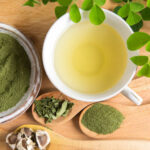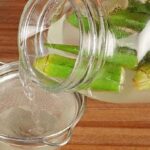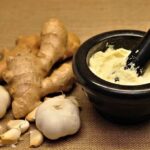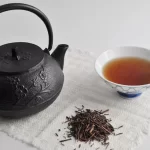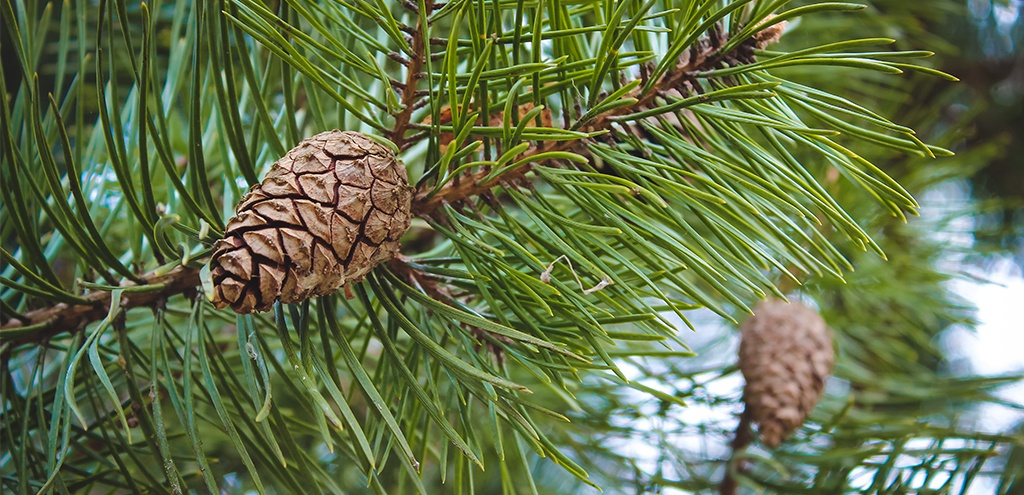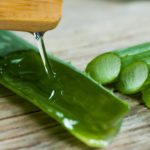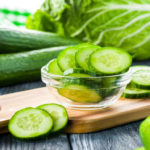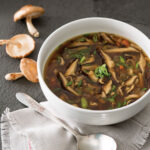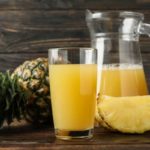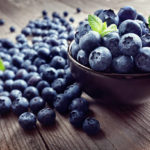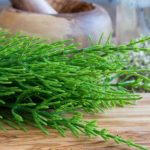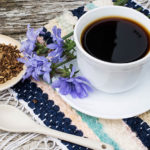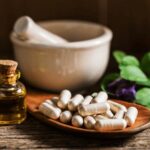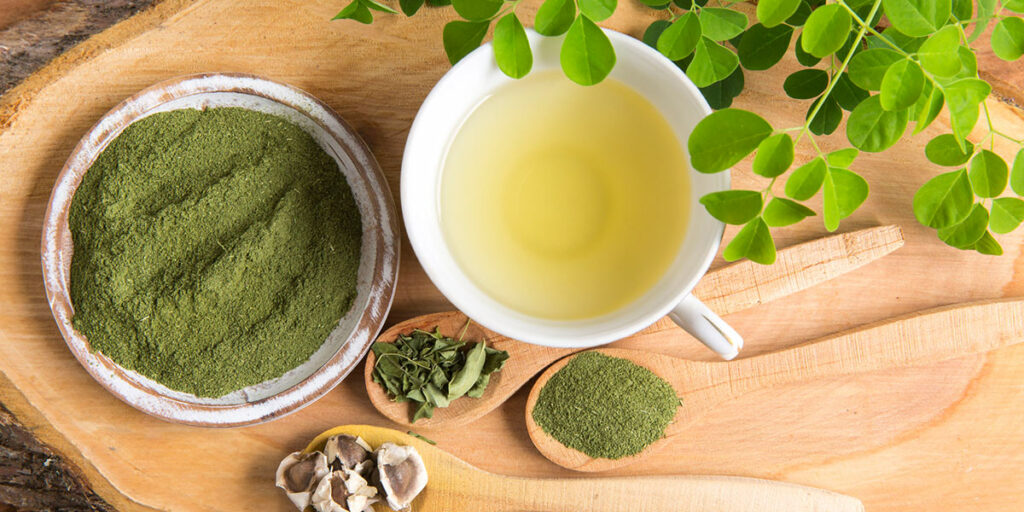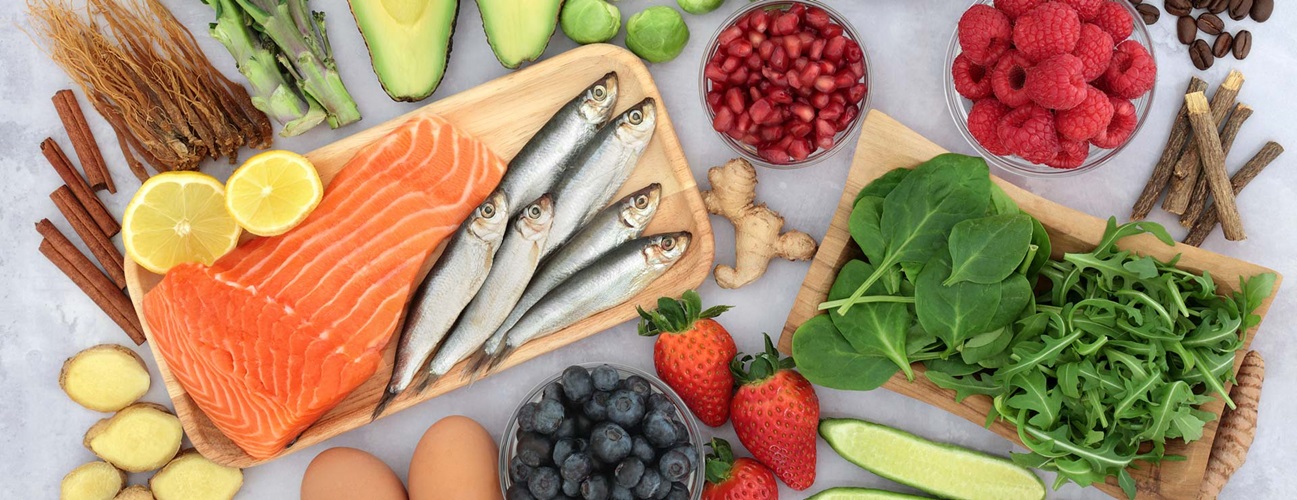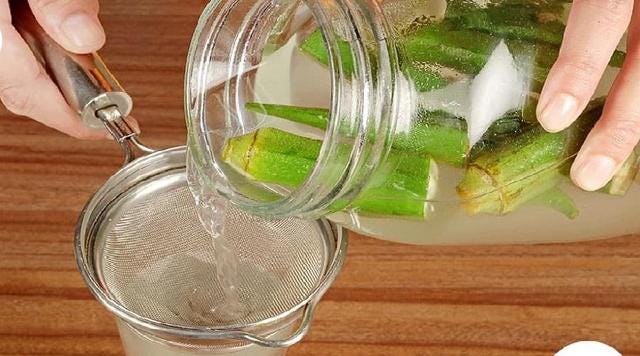HEALTH BENEFITS OF PINE TREE
Pine tree has an enormous health benefits because it is one of the plants for the respiratory system which helps to alleviate bronchitis and rheumatism. Among its many species, pine tree has only two notable species with medicinal properties.
The notable species with notable medicinal properties are:
- The maritime pine tree (Pinus pinaster Soland) which is also known as cluster pine tree
- The wild pine tree (Pinus Silvestris L.) also known as white pine tree
Both species have needles (leaves) of which the maritime pine tree comes with larger needles (leaves) and also larger pine cones. The wild pine tree has less needles (leaves) and pine cones.
These notable species produce turpentine; however, only maritime pine tree generate a larger significant amount.
If you have pine tree, remember there are diseases and pests one needs to watch for. Mites, aphids, scale, Bagworms, Bark Beetles are some pests that thrive and feed on pine trees.
Let’s look at the food and nutrients aspect of pine tree. As stated above, the pine tree are of many species, there are some of the species having large seeds, and they are called pine nuts.
They are sold for baking and cooking after having them harvested. The cambium which is the inner back (naturally soft and moist) is quite edible and very rich in Vitamins A and C.
This aspect of the pine tree can be enjoyed raw when in slices or when dried and ground up which can be used when preparing stew, soups and many other food so as to thicken the stew or soup.
READ ALSO: Blackcurrant fights Rheumatic Pain
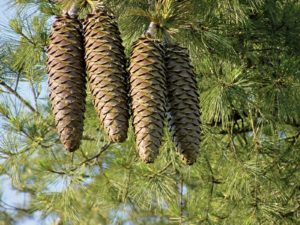
By steeping pine tree needles, the young and green one, in boiling water, you obtain a tea. The resin is also used to treat burns, dermal complaints or wounds in Traditional Chinese Medicine (TCM).
There is another noteworthy attribute about the pine tree. The male flowers (i.e. yellow stamens) and the female one (pine cones) grown on the same tree.
The buds and the resin are the parts used when preparing pine tree for medicinal purposes.
Properties and Indications
According to the Spruce, there is a fatty resin contained in the buds and the layers on the outside of the pine tree bark called turpentine.
Naturally it flows or it could flow due to cuts and it is formed by two main components; an essence called turpentine or turps and a resin called colophony or Greek tar.
The essence called turpentine make up 20 – 30% while the resin make up 70 – 80%, turpentine is rich in pinene. It is obtained after distillation while the resin solid residue after which the essence must have evaporated.
READ ALSO: Eggplant is one of the Foods for the Urinary Tract
The turpentine coupled with its essence have antirrheumatic antiseptic, diuretic, balsamic and depurative properties. These properties prevent kidney stones formation and also prevents formation of urinary stones, and these are some of the numerous health of pine tree.
The following are the some of the principal applications
Anti-Inflammatory: When carrying out external applications, massage and baths, the turpentine and its resins get the skin reddened and this reduces inflammation of the deeper tissue. Excellent results are obtained in the case rheumatic aches.
For Respiratory Afflictions: They are quite beneficial in all kinds of respiratory afflictions like bronchitis, asthma etc. They are also useful in the case of colds, sinusitis and rhinitis. The application involves inhalation, massage or orally taken.
Taking hot baths with pine buds or turpentine essence produce a notable ease for asthma.
READ HERE: Foods that prevent cancer
Preparation and Use of Pine Tree Health Benefits
For Internal Use
- Make infusion prepared with 20 – 50 g of pine buds per liter os water. Drink three (3) cups every day.
- With turpentine essence: Apply or take three (3) to five (5) drops for about three (3) to four (4) times daily. The turpentine has some stimulating property especially a kind of property to stimulate the suprarenal glands thereby bring revitalizing effects throughout the body part.
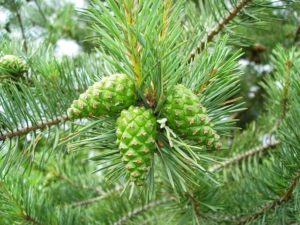
External Use
- Massage: Use a cotton cloth, soak in turpentine or its essence. With cotton cloth and turpentine (or its essence) rub on the chest of those suffering from bronchitis. Do this until you obtain a healthy red color. If the muscles or joints are inflamed and aching, you also apply this on the affected areas.
- Baths: A decoction of about 500 g of pine buds must be prepared in container of four liters of water. It has to boil for half an hour. Then strain and add the liquid to the bathtub. When taking a medicinal bath, you have to add 40 – 50 drops of turpentine essence to the bath water. Do this in order to get amazing pine tree health benefits.
- For Vapor Inhalation: Add a significant amount of pine buds about 30 – 50 g or add some drops of turpentine essence to a bowl with one or two liters of water. Heat and breathe the steam in deeply.
YOU MAY LIKE: Cornflower: A good remedy for the eyes
Note: To avoid combustion gases, heat on an electric heater
Pine Tar
By means of dry distillation you obtain pine tar. The dry distillation is carried out by using the trunk and the roots of the wild pine tree.
The substance is made up of complex chemical composition having primary components that seem balsamic, expectorant, antiseptic and emollient properties.
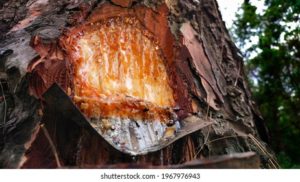
Pine tar can be taken to one gram in a day. It can be in form of jelly pills or capsules.
Another pine tree health benefit is that, It is worthy to note that it’s most important application is the external use which is targeted at alleviating skin infections like, eczema, psoriasis and other infections caused by fungi and some parasites like scabies.
For external use, apply pine tar in form of soap, cream or shampoo.
Warning!
Inhaling excess dose of turpentine or its essence can cause irritation of the central nervous system.
MORE ARTICLES:
Java Tea: Its Uses and Benefits
Tomato is a Healthful Food for the Prostate
Cornflower: A good remedy for the eyes
New Jersey Tea: Medicinal Plant for the Mouth, Nose and Throat

A graduate of Computer Science and Information Management Technology. Diploma – Caregiving, Certificates – Dementia and Diabetes Awareness and Management. A researcher, blogger, songwriter, singer and acoustic guitarist. Born in an environment where natural talents such as healing are imparted at our natural birth. This natural talents of healing is the result of our genetic inheritance and the training from family environment.


